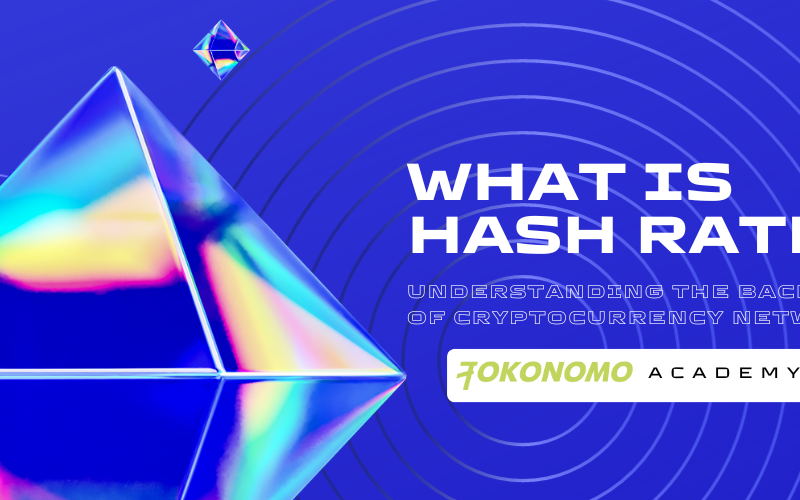Within the realm of blockchain technology, the growing need for scalability and efficiency has given rise to inventive solutions, and among these is the concept of sidechains.
The inception of the sidechain concept dates back to October 2014 when a seminal paper titled “Enabling Blockchain Innovations with Pegged Sidechains” was published. Authored by Adam Back in collaboration with prominent cryptographers and Bitcoin developers such as Matt Corallo, Luke Dashjr, Andrew Poelstra, and Pieter Wuille, this paper laid the foundation for the exploration of sidechains.
But what precisely do sidechains entail, and in what ways do they contribute to the ongoing evolution of blockchain ecosystems?
Characterizing Sidechains


Fundamentally, a sidechain can be described as a separate blockchain running in parallel and functioning autonomously to the primary blockchain, commonly known as the main chain. The interconnection between these two is typically established through a bidirectional bridge, facilitating the smooth exchange of digital assets or tokens between the main chain and the sidechain.
How Do Sidechains Work?
The autonomy of sidechains is underscored by their distinctive features. In contrast to the main chain, sidechains possess the flexibility to embrace unique consensus algorithms and customize block parameters according to their specific objectives. This unparalleled freedom empowers them to process transactions with remarkable efficiency, delivering benefits such as accelerated confirmation times and reduced fees.
The consensus algorithms implemented on sidechains can exhibit a wide range, spanning from Proof-of-Authority to Delegated Proof-of-Stake. Validators operating within the sidechain network play an indispensable role in the verification of transactions, block production, and the overall fortification of the chain’s security.
Moreover, sidechains frequently deviate from the main chain in terms of block parameters. While the primary blockchain imposes constraints on block times and sizes, sidechains can fine-tune these parameters to achieve enhanced throughput. However, this customization comes with inherent trade-offs, as more lenient block parameters may potentially compromise decentralization by relying on a reduced number of influential nodes.
Compatibility with the Ethereum Virtual Machine (EVM)
An important aspect inherent in certain sidechains is their compatibility with the Ethereum Virtual Machine (EVM). This unique compatibility empowers sidechains to effectively process smart contracts that are scripted in languages such as Solidity, thereby offering a recognizable and conducive environment for developers. In essence, when a sidechain exhibits EVM compatibility, it possesses the seamless capability to effortlessly operate decentralized applications (DApps) and implement smart contracts tailored for the Ethereum blockchain.
Advantages and Disadvantages of Sidechains
Like any technological advancement, sidechains bring forth a range of benefits and drawbacks. Let’s delve into the advantages and disadvantages of sidechains.


Advantages
- Scalability: Sidechains offer a scalable solution by efficiently offloading a portion of transaction processing from the main chain. This not only reduces congestion but also significantly enhances overall performance.
- Flexibility: The inherent autonomy of sidechains creates an environment conducive to experimentation with various consensus mechanisms and parameters. This fosters a culture of innovation and customization, empowering developers to explore novel approaches.
- EVM Compatibility: Sidechains that are compatible with the Ethereum Virtual Machine (EVM) facilitate a seamless transition for developers. This compatibility empowers them to effortlessly deploy their existing Ethereum smart contracts on the sidechain, streamlining the development process.
Disadvantages
- Decentralization Trade-Offs: Striking a balance between achieving high throughput on sidechains and preserving decentralization necessitates making compromises. Unfortunately, the pursuit of increased throughput can result in a certain level of decentralization sacrifice, potentially concentrating power among a select few validating nodes and raising concerns about the overall security of the chain.
- Security Concerns: Sidechains bear the responsibility for their security, and while a compromise in the security of a sidechain does not directly impact the main chain, this autonomy introduces additional security risks that need careful consideration.
- Complexity: The implementation and maintenance of sidechains demand a substantial allocation of effort and resources. The intricate nature of the initial setup and the ongoing maintenance processes may present challenges, potentially acting as impediments to widespread adoption.
Examples of Sidechain Projects
Numerous projects have enthusiastically embraced the innovative concept of sidechains, with each project presenting distinct features tailored to address specific requirements within the expansive blockchain ecosystem. Several noteworthy instances of such endeavors include:
- Polygon: Polygon has strategically implemented a combination of sidechains, utilizing the Plasma framework to augment Ethereum scalability. The primary objective is to deliver expeditious and cost-effective transactions for decentralized applications (DApps).
- SKALE: SKALE adopts elastic sidechains to furnish developers with a platform geared towards constructing decentralized applications characterized by superior performance and scalability. The emphasis lies on cultivating a user-friendly environment to enhance the development experience.
- Gnosis: Gnosis Chain, leveraging the xDai sidechain, functions as a conduit for swift and stable transactions, prioritizing usability. It is frequently selected for applications that demand rapid and economical transaction processing.
- Loom Network: Specializing in the creation of scalable games and social applications on the blockchain, Loom Network utilizes DPoS (Delegated Proof-of-Stake) as its consensus mechanism, ensuring remarkable throughput to meet the demands of its target applications.
Conclusion
In the dynamic and continually developing realm of blockchain technology, sidechains emerge as a highly promising solution to address the scalability challenge. Their unique capacity to function autonomously, complemented by features such as EVM compatibility and bridges, creates opportunities for a wide range of applications and use cases.
Nevertheless, users and developers need to navigate through the associated trade-offs with caution, taking into account factors such as decentralization, security, and the complexity of implementation. As the blockchain space progresses towards maturity, its influence in shaping a more scalable and adaptable ecosystem is expected to grow significantly.











